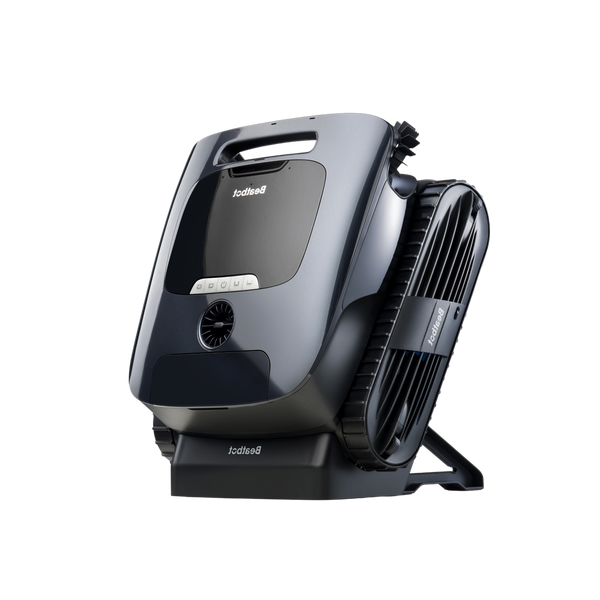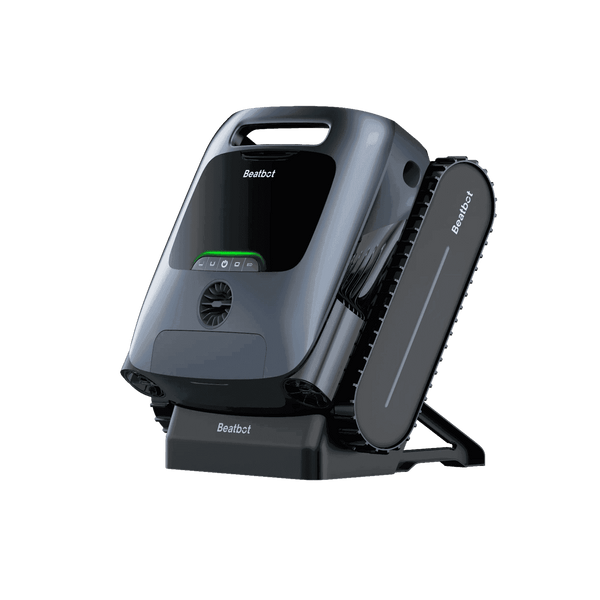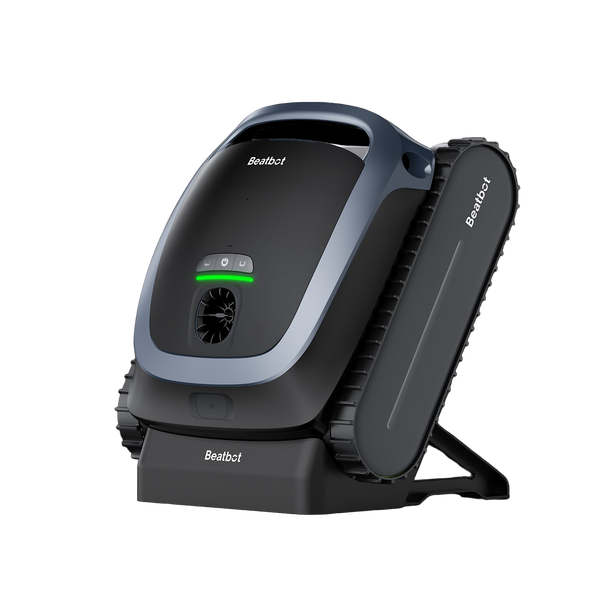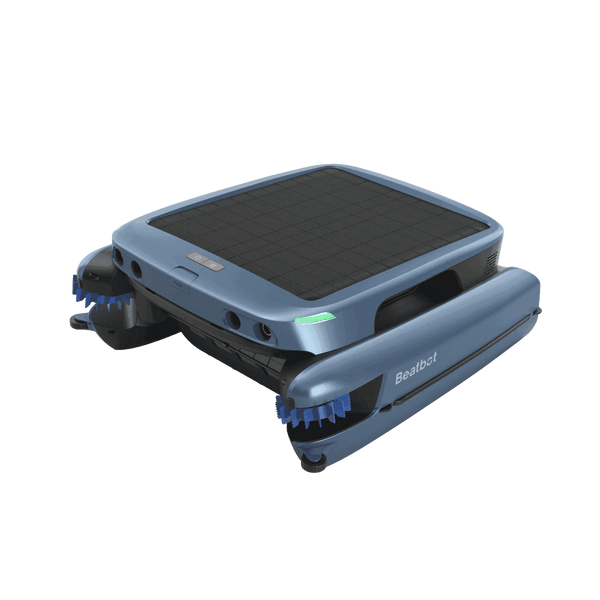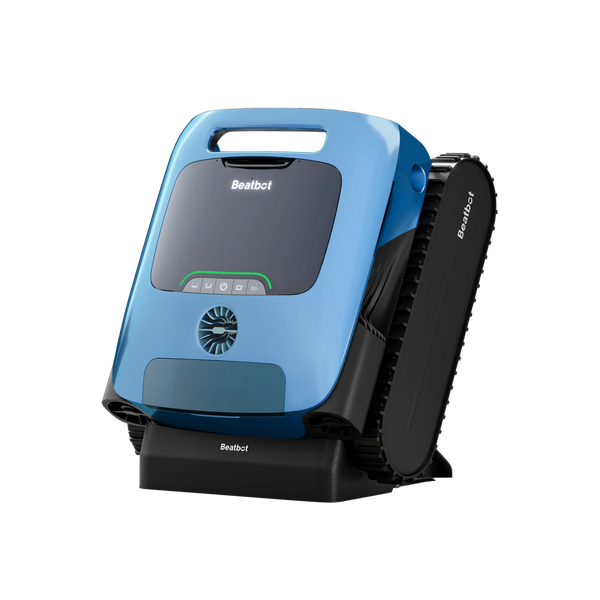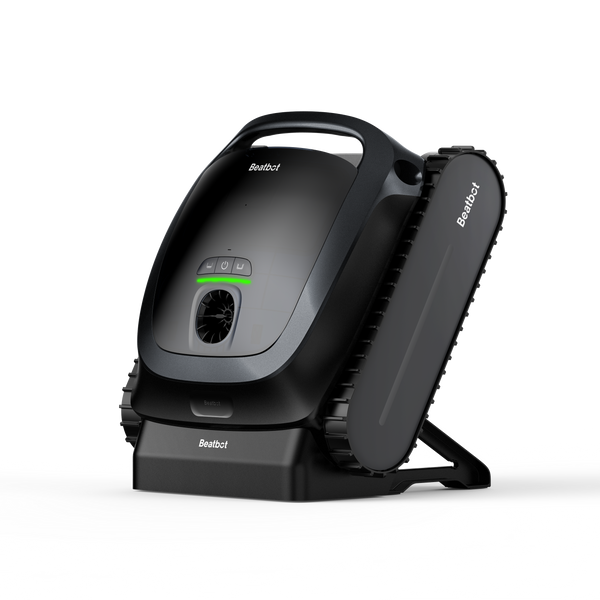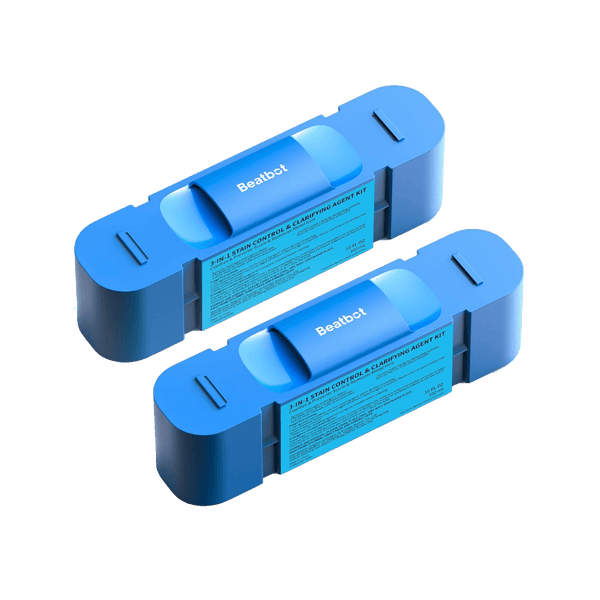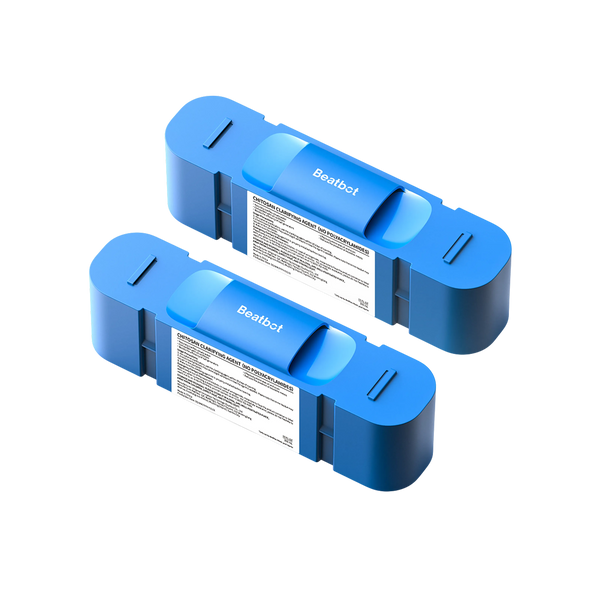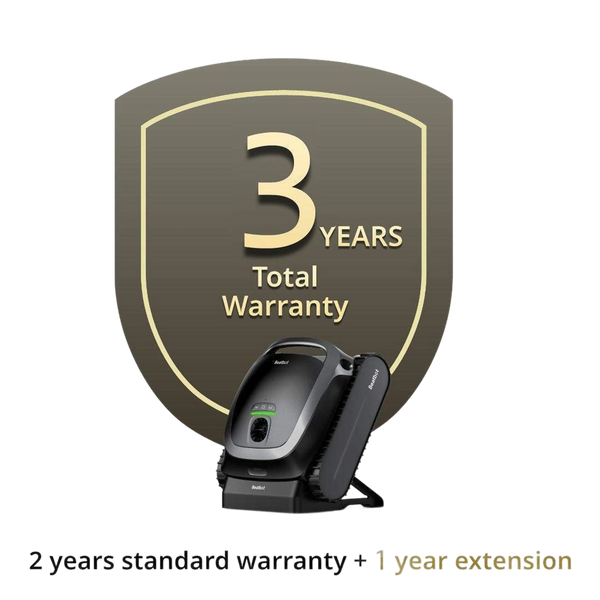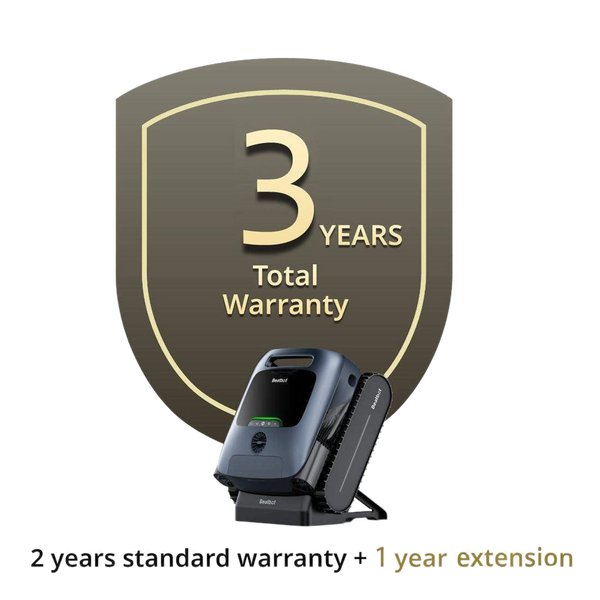How I Finally Beat black spots in fiberglass swimming pool — A Homeowner’s Story
The first time I noticed tiny, stubborn black freckles spreading across my fiberglass pool, I remember standing with a cup of coffee and the sinking feeling that comes when something you care about is quietly getting worse. I’d owned pools before, but fiberglass has its own quirks — the way light plays off the gel coat, the slippery smoothness under your feet — and those spots felt like a betrayal. Over the last two summers I learned, the hard way and then the smart way, how to diagnose them, treat them, and prevent their return. Here’s what I’d tell a friend — or anyone who’d rather spend their weekend floating than scrubbing.

Table of contents
Why black spots appear (in plain language)
Most of the time those black spots are not “mysterious” at all but a fairly small set of culprits: algae that take hold in the tiny pits and scratches of the gel coat, iron or manganese staining from source water or corroding equipment, or organic buildup in areas the skimmer and cleaner miss. Fiberglass is durable, but the topcoat (gel coat) can develop micro-roughness over time; those rough patches trap particles and become a cozy nursery for dark algae. Once they appear they can be stubborn — but stubborn isn’t unbeatable.
How I diagnosed my pool (spoiler: it’s detective work)
I started by ruling things out. Surface algae wipe off with a brush and a quick shock; stains that don’t budge after brushing are deeper. I tested the water chemistry and looked for iron or manganese — iron gives brown-black stains when oxidized, manganese can turn things almost purplish-black. I also inspected equipment: an anode or a rusty heater can drip metal into the water, and poorly balanced sanitizer levels let algae get a foothold. If you don’t test, you’re guessing; get a basic test kit or take a water sample to a trusted pool shop.
What actually worked for me (step-by-step, but not clinical)
I tried the frantic “dump chemicals until it looks better” method first. That’s a learning moment: over-chlorinating can make stains worse or harm the gel coat. My winning approach combined gentle mechanics with targeted chemistry.
First, I brushed the affected areas with a soft-bristled pool brush. That dislodged loose growth without scratching the gel coat. Next I used an enzymatic cleaner and a mild stain remover appropriate for fiberglass — nothing abrasive. For iron-related stains I applied a metal sequestrant and followed label instructions; for stubborn organic/algal spots a modest, well-measured oxidizing shock followed by brushing did the trick. Patience here mattered: treat, let it sit, brush, repeat.
When the stain refused to leave, I brought in a professional who specializes in fiberglass surfaces. They used a controlled polishing and a specialized stain remover that’s safe for gel coat; the difference was immediate and far less risky than aggressive DIY sanding.
Why a robot helped more than I expected
I’m a little embarrassed to admit I had dismissed pool robots as “nice but not necessary.” After seeing one in action — and after a few futile afternoons trying to manually reach every corner — I changed my mind. The Beatbot AquaSense 2 series became my secret weapon. It’s not just about vacuuming debris; it’s about consistent coverage, scrubbing power in shallow corners, and freeing me from the temptation to over-chem my water. The robot reached the shallow step seams and along the walls where black spots liked to hide, and together with the right chemistry we finally beat the problem.
Maintenance habits that stopped the spots from coming back
Prevention was the real win. I developed a short routine: weekly water testing and balancing, brushing the walls and steps once a week, running the Beatbot on a regular schedule, and checking equipment for corrosion. I also added a small dose of metal sequestrant after heavy rains (my well water spikes metals after storms), and kept a log — yes, a little pool journal — of what I did and when. It made troubleshooting simple: if a spot reappeared, I could trace what changed.
A few things I wish I’d known sooner
Don’t rely only on chlorination for everything. Metals, physical imperfections in the gel coat, and pockets of trapped organic matter often need specific treatment. Don’t scrub with wire or aggressive pads — fiberglass gel coat is delicate. When in doubt, bring in a pro who understands fiberglass; you can save time and the finish of your pool.
If you have one takeaway: be observant and consistent
Black spots in fiberglass swimming pool surfaces are fixable, and in most cases preventable. Treat the water intelligently, use the right tools (a good soft brush, the Beatbot for routine cleaning), and don’t panic. My pool went from a patchy eyesore to something I was happy to show off at a barbecue — and the best part was spending less time fighting stains and more time floating, which is what a pool should be for.
If you want, I can walk you through a checklist for diagnosing your pool’s spots — or tell you the exact sequence I used the first time the Beatbot saved my weekend.
Relative Blogs
About the author
